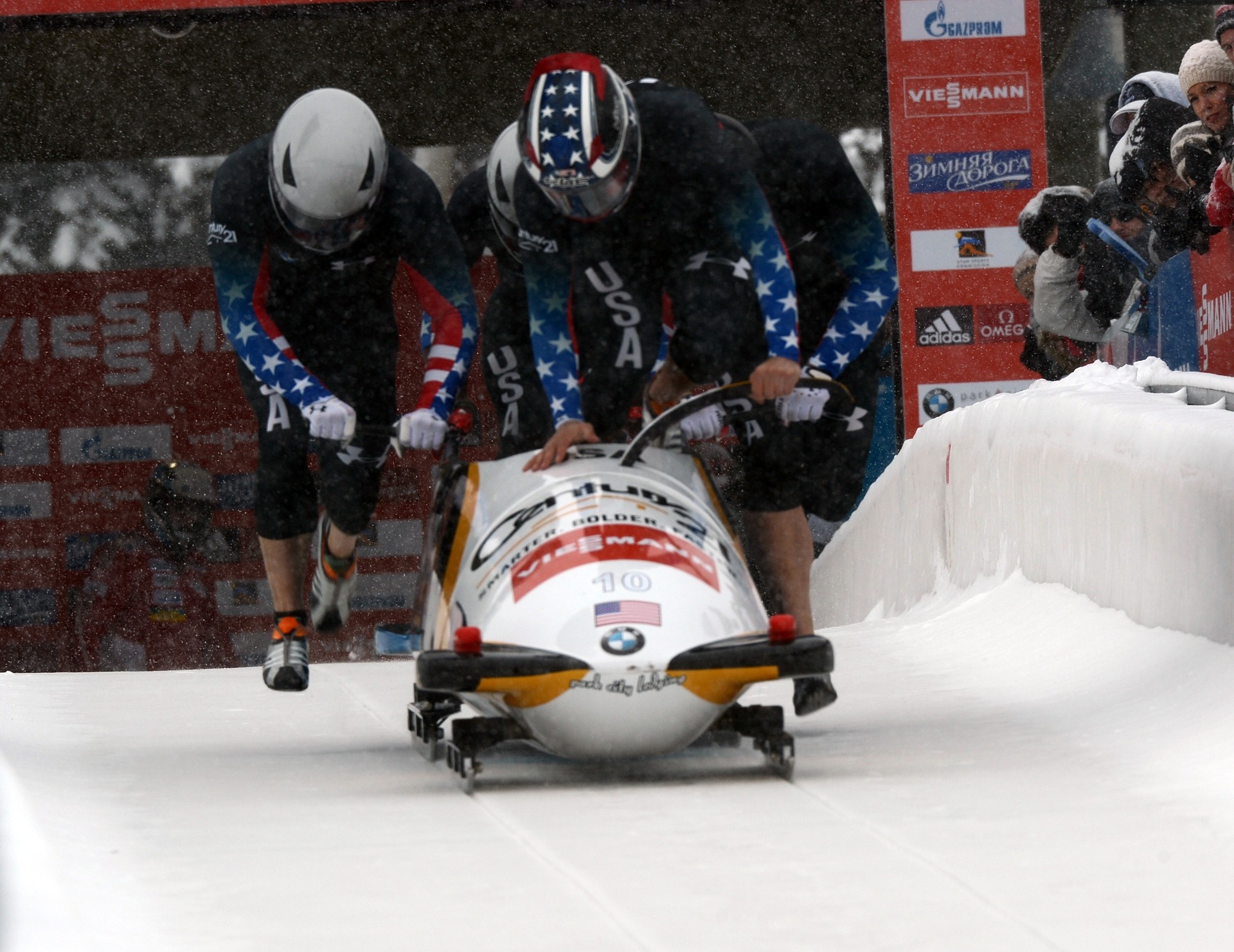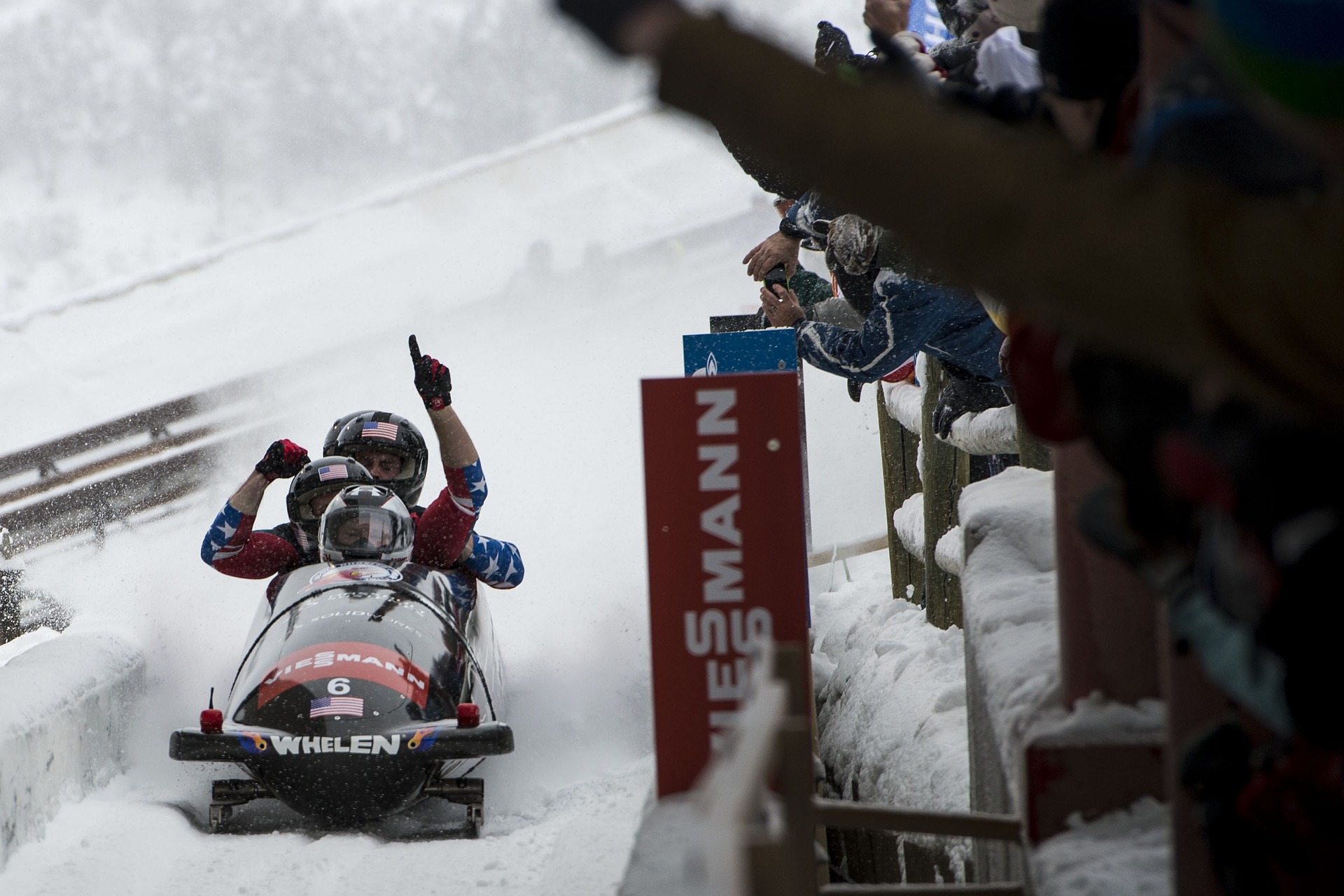
Olympic bobsledding has undergone many changes throughout the sports history. Some of the biggest changes to bobsledding have occurred for the Winter Olympics such as changes to crews, tracks and competitions. The history of Olympic bobsledding shows that the sport continues to grow as it becomes more inclusive and diverse.
Bobsledding was part of the first Winter Olympics held at Chamonix France in 1924. The games included four-men bobsledding competitions. Ttwo men bobsledding was later introduced in 1932 at Lake Placid New York.
The sport attracted many amateurs and enthusiasts until the 1950’s when stronger and fitter athletes began to join the sport in order to improve bobsledding runs.
Another major change to Olympic Bobsledding occurred in 1952 when the weight of crews and sleds were limited by a change to the rules. The change in rules made sure that Winter Olympic bobsled teams couldn’t stack their crew with heavy members for the purpose of gaining more speed. Future Winter Olympic competitions would be dominated by athletic ability and not weight.
The Winter Olympics was the major event for bobsledding until the commencement of the World Cup in the 1980’s. The World Cup competition change d Winter Olympic teams as different tracks added to the versatility of team’s training regimes.
d Winter Olympic teams as different tracks added to the versatility of team’s training regimes.
The Swiss and Germans have dominated bobsledding at the Winter Olympics. The Canadians and Amricans have also made their presence felt. There has also been a gradual increase in interest by Russia, New Zealand, America, Korea and even Jamaica.
The 2002 Olympics in Salt Lake City U.S.A was an important event for women as it was the first time that they were allowed to compete in full medal events at a Winter Olympics.
There have been some valuable editions to bobsled tracks as a result of the Winter Olympics. A new track was added added to the 2006 Olympic Winter games in Cesana, Italy. An artificial track was also built for the 2010 Games in Vancouver/Whistler Canada. Russia also made a valuable addition to bobsled tracks throughout the world, after building a new track in Sochi, for the 2014 Olympic Winter Games. The 2018 Winter Olympics, in PyeongChang, South Korea als featured a new track.
When early bobsledders in the Northern hemisphere created a fun sport during the long winters, they could have never imagined that bobsledding would become a Winter Olympic sport. The sport has a growing international presence and continues to evolve with the times.

